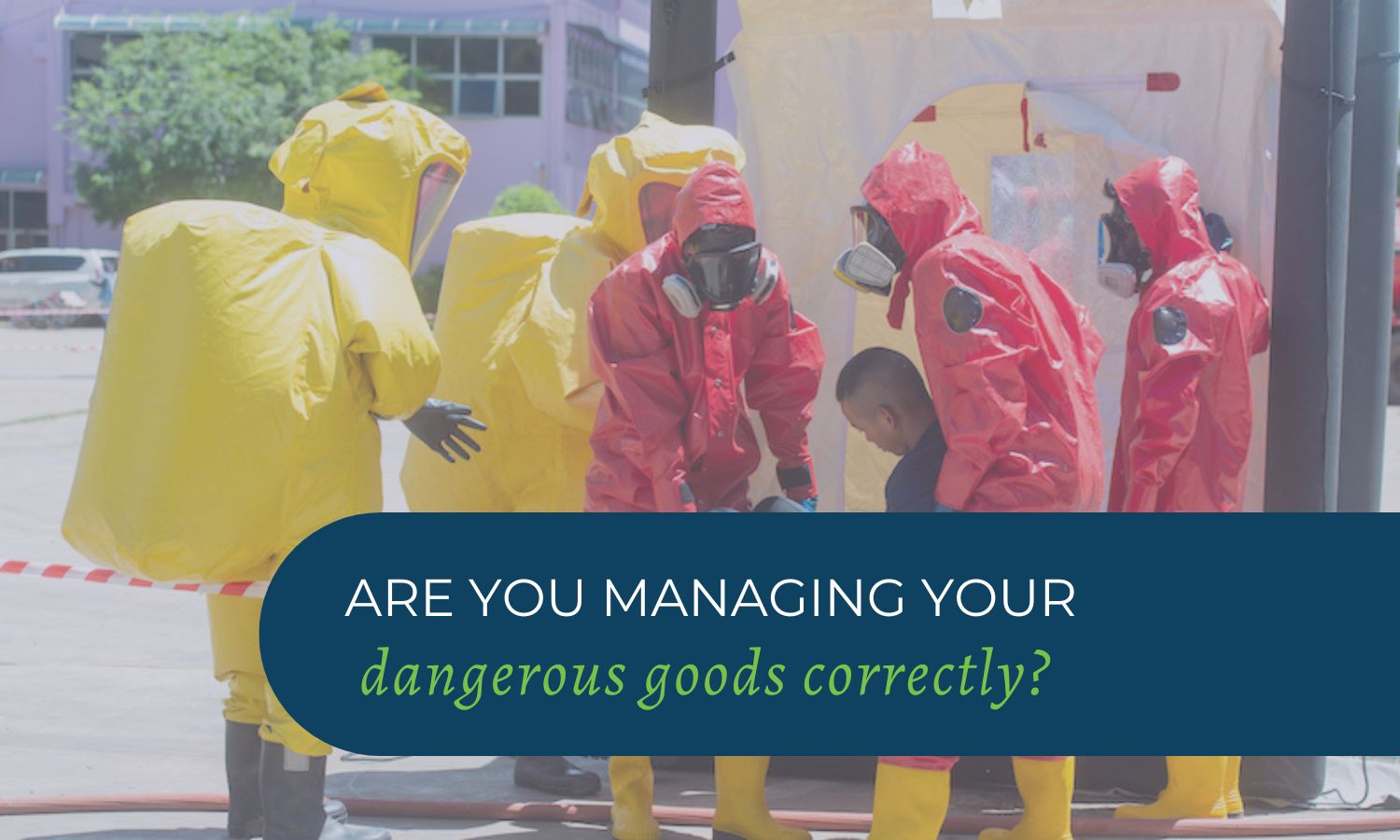Many workplaces store a range of chemicals and dangerous goods, which can pose serious risks if not managed properly. All employees need to follow strict storage and handling procedures to ensure a safe environment.
Even in workplaces with minimal chemicals, vigilance is crucial, as complacency can lead to accidents. This blog explores the consequences of mishandling dangerous goods and offers practical tips for improving their management.
Dangerous goods can cause untold damage
If you don’t have the proper controls in place, the consequences of improper dangerous goods control can be extreme, including but not limited to:
- Serious injury
- Death
- Explosions
- Fire
- Pollution
- Damage to your business’s reputation
- Property damage
- Disruption of the nearby community
Risk management can be costly, but it’s nothing compared to the cost of what can happen when dangerous goods aren’t handled or stored correctly.
Common errors in the storage of dangerous goods
Some of the most common errors when storing dangerous goods include inadequate labelling, improper containment and failure to separate incompatible substances.
Many organisations fail to adequately separate incompatible substances, which can result in dangerous chemical reactions. Additionally, lacking proper fire protection reports and maintaining inaccurate dangerous goods manifests can leave a workplace vulnerable to emergencies.
Inadequate labelling and placarding are also frequent mistakes that can lead to confusion during an incident. Improper storage practices further exacerbate these risks, making it essential for businesses to implement stringent protocols. By addressing these errors, companies can significantly enhance the safety of their workplace.

Tips for improving your dangerous goods management
While having an expert conduct a comprehensive assessment of your dangerous goods storage and handling is irreplaceable, these tips provide an excellent starting point. Implementing these best practices can significantly enhance your safety protocols and mitigate potential risks.
- Relevant risk assessments should be completed
- Handling and storage areas, as well as equipment and structures, must be appropriately designed
- Ensure you’re within the legislative limits for maximum quantities of dangerous goods
- Consider whether you can substitute any chemicals for those that are less dangerous, or need to eliminate or separate any chemicals
- Comply with relevant legislation – developing procedures and emergency plans, as well as any required notifications, manifests and placarding as per the National Code of Practice for Storage and Handling of Workplace Dangerous Goods 2017
- Inspect and audit your chemical stores regularly
- Ensure your team are provided with the appropriate signage, equipment, training and PPE to follow the new controls put in place
Evaluate how your business currently stores and handles dangerous goods. If you’re uncertain about whether the correct procedures and protocols are in place, it’s crucial to implement necessary changes immediately to enhance workplace safety.
While major incidents involving dangerous goods may be rare, the serious consequences of improper handling are significant. Don’t take the risk of facing potentially deadly outcomes—contact the team at Workplace Emergency Management to ensure your workplace is as safe as possible.
GET IN TOUCH
Are you ready for peace of mind that your workforce is as safe and prepared as possible?
With a dedicated team of staff ready to help you meet compliance requirements and improve the overall safety of your workplace, all you need to do is get in touch.
Request your free audit today!



